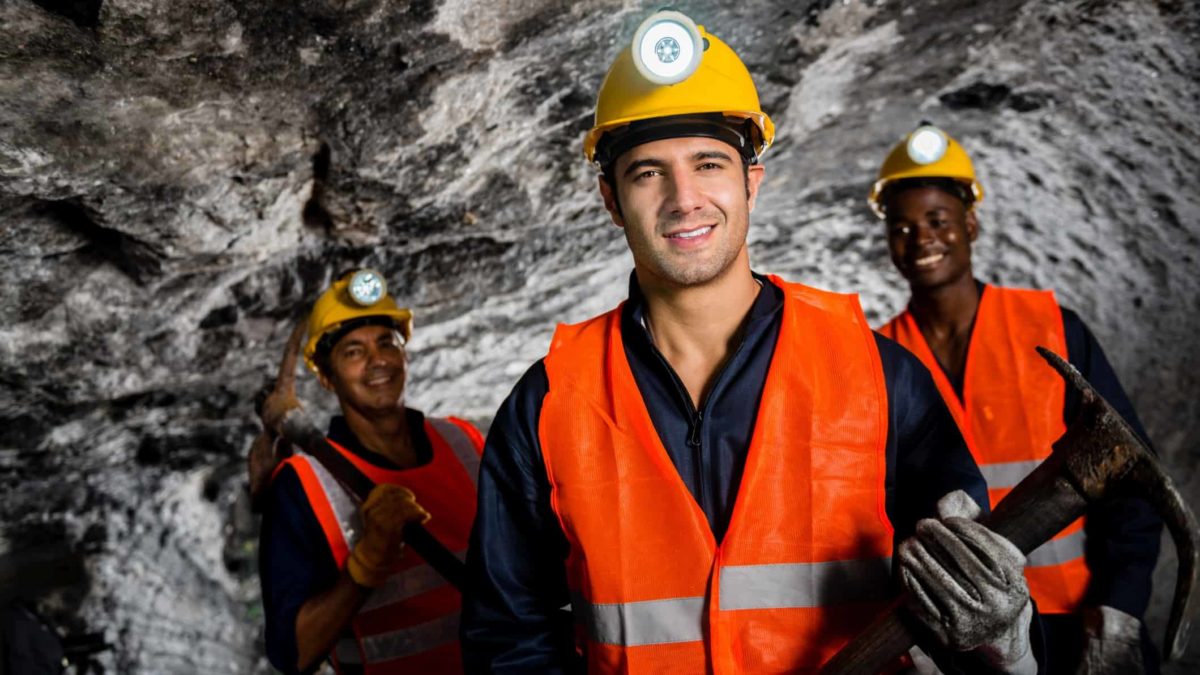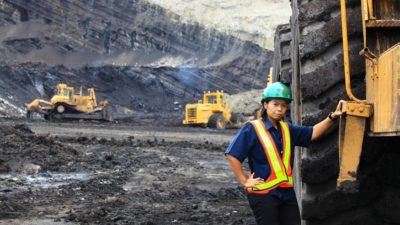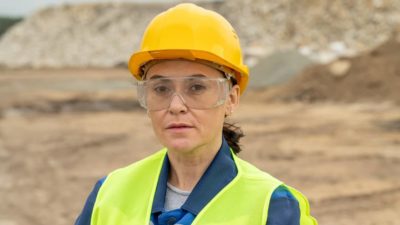Australia has been called 'the lucky country' for a long time. Certainly, it has a large amount of in-demand resources. Iron ore, copper, gold, lithium, and so on can all be found here. But, interestingly, coking (or metallurgical) coal could also see strong and growing demand in the coming years.
Coal may not sound like a forward-facing commodity. But it's important to note that there are two different types of coal.
Thermal coal is the coal that typically gets negative attention because it is used to generate energy and is seen as a major source of carbon emissions, adding to climate change.
But it is metallurgical coal that I want to talk about in this article. Metallurgical coal, also known as coking coal, is a vital part of the steel-making process when using a blast furnace.
There are several miners on the ASX that give exposure to metallurgical coal including Whitehaven Coal Ltd (ASX: WHC), Yancoal Australia Ltd (ASX: YAL), New Hope Corporation Limited (ASX: NHC), and BHP Group Ltd (ASX: BHP).
How could Australian metallurgical coal benefit?
While China is a big purchaser of Australian iron ore, Indian steel giant Tata Steel has big plans for using more Australian coking coal.
The Australian Financial Review reports that a large amount of Queensland coal already ends up in Tata Steel mills. As it stands, Tata Steel has mills in the UK, the Netherlands, Thailand, and India. It reportedly bought 33% of Australian metallurgical coal exports.
Now India wants to double its steel production to 300 mt annually by 2030.
Tata managing director Thachat Viswanath Narendran said (as reported by the AFR):
Demand for coking coal in India is going to grow, it is going to double in the next 10 years. India is already a bigger importer of coking coal than China.
The concern I have at this stage is that I don't see too much investment happening in growing coking coal capacities in Queensland because there is concern about coal as a whole.
The Tata business said that India will "use a lot of coal for a long time because India doesn't have gas". It was noted that India is working on renewables, but it "can never fully substitute the grid".
What about the net zero target of 2045?
On net zero concerns, Thachat Viswanath Narendran said:
The way we see it, even in 2045 we will be running blast furnaces, but we will have fully captured a lot of the carbon dioxide that is being emitted at that time. That is why carbon capture becomes a very important part of the solution. There will be a rising share of production without using coking coal, but there will not be [zero] production with coking coal, that may happen let's say by 2070 or some time in the future.
The point is coking coal demand is not going to fall off a cliff. Tata Steel has a 2045 ambition, but no other steel producer in India has said net zero by 2045, and we are going to be only 20 per cent of the production in India. So there is a huge market for coking coal out there. It is not as though five or 10 years later there will no demand for coking coal.
In other words, coal could continue to be in demand for at least the rest of this decade.
Coal miner snapshots
Let's check ASX coal shares over the last six months:
The New Hope share price has risen 78%.
The Yancoal share price has inicreased 61%.
The Whitehaven share price has gone up 117%.








